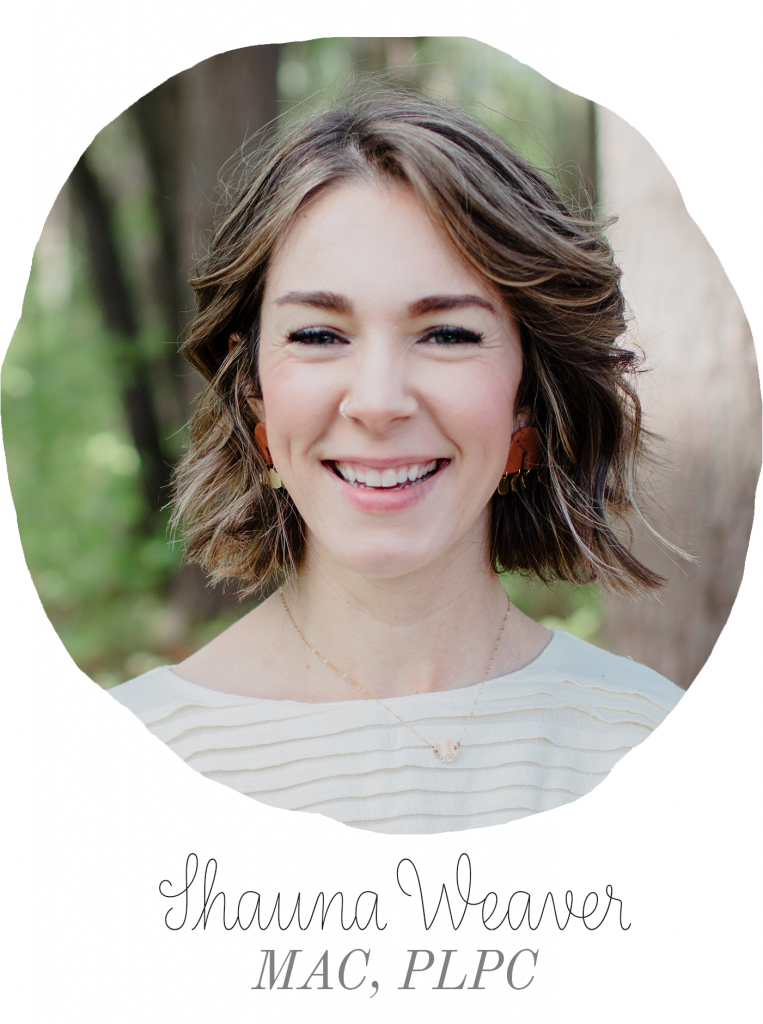Growth. When we use the term we’re usually not talking about physical growth (unless maybe we’re referring to a small child); we’re talking about maturity. But emotional growth can’t be measured objectively like the height of a plant can. So for those of us committed to the never-ending journey of growth, how do we know when we’ve grown? … How do you know when you’ve grown?
There’s no one-size-fits-all answer. Sometimes comments from people who know us well are good indicators, like when your sister remarks that you’re more patient behind the wheel of a car than you used to be. Or your friend notices that getting on a plane no longer fills you with an undercurrent of anxiety.
But human beings are like icebergs — 90% of us lies below the surface. What about the subtle internal shifts, the mental moments of turning left when we could have turned right, that only we are privvy to? These micro-movements that the rest of our world can’t see or validate are incredibly easy to dismiss… but they are oh so significant, and equally valid indicators of our personal growth.
Let me give you an example.
There’s a local story-telling event that has always sounded like so much fun to me, but for one reason or another, I’ve never been able to go. I love the idea of listening to all different kinds of people regale a crowd with colorful stories — usually slightly-embellished, but always told from unique perspectives.
So one day, after covid had been over for awhile, I reached out to the host to ask about the next event.
“There’s one coming up,” she said, and then surprised me with this question: “Would you be willing to tell a story?”
A pit wasted no time developing in my stomach.
I had envisioned slipping into a crowd to use some of my strong suits: observing and listening. And now I was faced with a task that neither involved one of my gifts or brought me joy. In fact, it brought me a fair amount of dread and anxiety.
Still, my internal reaction was, “Now I have to tell a story.”
This thought felt true, and for a split second, I felt trapped. Not because I didn’t truly have a way out – all I had to do was say “no thank you.” But it triggered a small but powerful part of my own story: a part that involves the message, I have to step up. I have to fill in the gaps. If I don’t, no one will – and where will we all be then?
This message gets especially loud when it involves a need no one else seems to want to fulfill. It’s like my own personal distortion of the Ronald Reagan quote, “If not me, who? If not now, when?”
I know this mentality has served me, and those in my world, at certain points in my life: It has given me the initiative to grab life by the horns when it needed to be; the tenacity to overcome daunting obstacles; and the desire to make the most of valuable opportunities that ended up leading to even more.
In fact, we can confidently say any role we find ourselves playing was helpful — in some ways, maybe even vital — at one point in time (typically when we were children). The problem occurs when we can carry these roles into adulthood and allow ourselves to be controlled by them.
When internal messages seem to leave us with no option and attempt to motivate us with fear or shame, they are not inspirational. They are toxic. And they need a thorough re-evaluation.
It would have been really easy for me to say “yes” to this person’s request.
After all, I knew I could come up with a story. I knew I would have rehearsed it really well. I probably could have even mustered up enough public-speaking skills for the night to make it seem like something I enjoyed.
And it all would have been the easiest path, because it would have appeased that little inner voice saying: Step up. Fill in the gaps. Where will we all be?

But instead I said, “Thanks for asking, but I prefer to listen.”
In a culture that glorifies the ability to push-through above all else, this would have been viewed as failure. It certainly would have made a very anti-climactic movie. But this isn’t a “ra-ra,” “rub some dirt in it and get it over with” kinda story. This is a “pay attention to the nuances of your heart, and consider the context of your unique brokenness” kinda story.
What I invite you to consider is this: growth isn’t just anything that involves stretching yourself. It isn’t whatever requires pushing through. It can’t be categorized by whatever the person next to you looks like or is doing, because they don’t have your starting point or your story. The healthiest form of true growth involves an intimate awareness of that story, and the willingness to honor it.
If you’re not sure what your story is or how to honor it, a counselor can help you find the answers to some of these questions – and help determine what growth looks like for you. If you’re in the St. Louis/St. Charles area, get started by filling out the form located here today.







